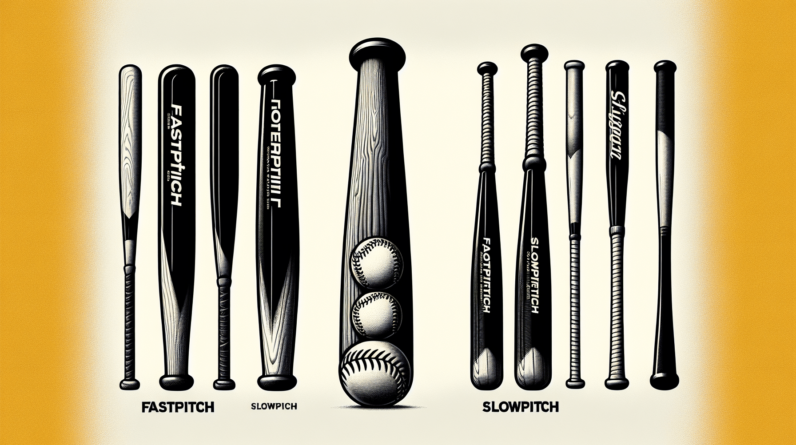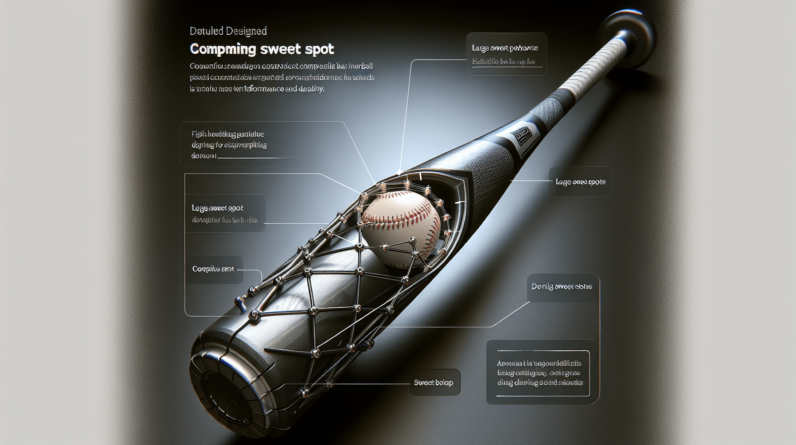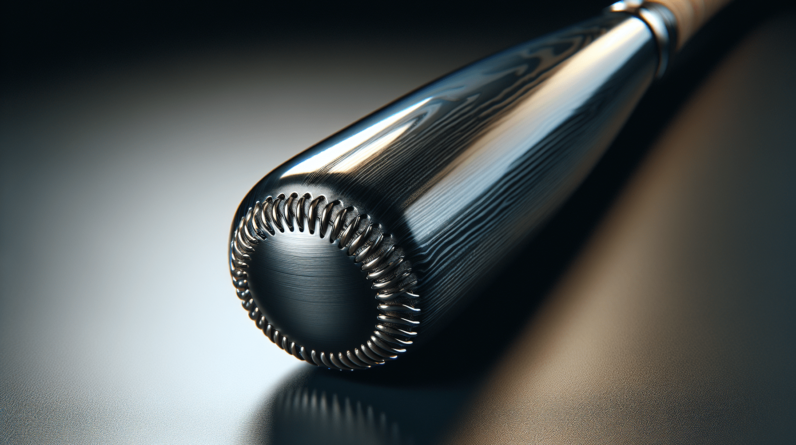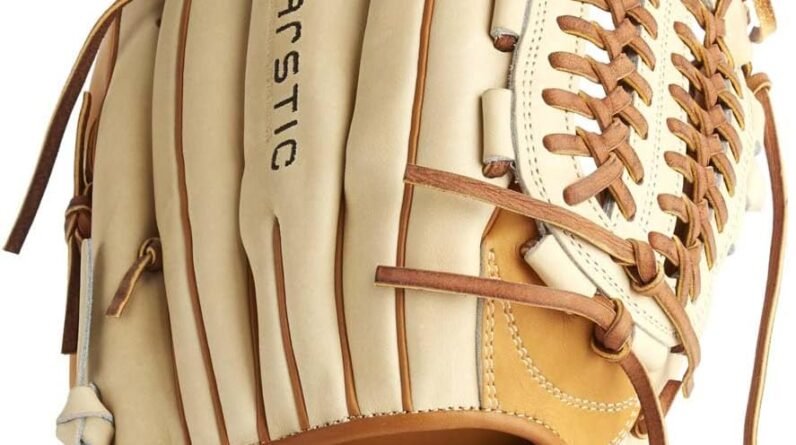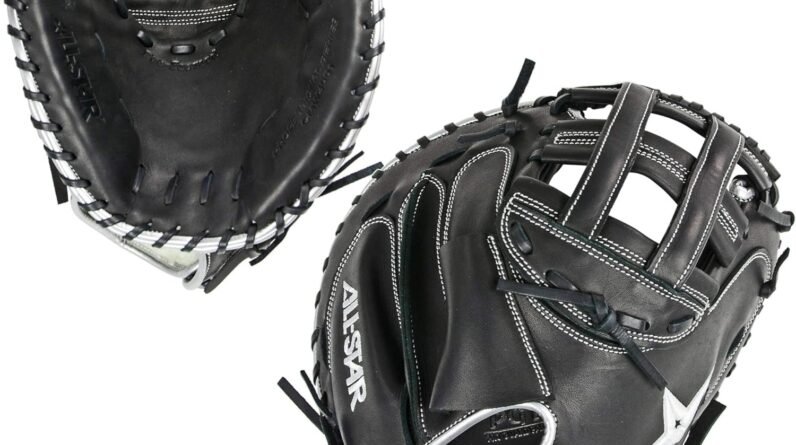When you step up to the plate with a softball bat in hand, have you ever wondered what those numbers etched on the barrel actually mean? For many players, deciphering the numerical code can seem like a mystery. However, understanding the significance of these numbers is crucial in choosing the right bat for your game. In this article, we will demystify the meaning behind those numbers, providing you with the knowledge to make an informed decision when selecting your next softball bat.
Overview of Softball Bats
Softball bats are specialized equipment used in the sport of softball to hit the ball. They come in various shapes, sizes, and materials to suit different player preferences and playing styles. Understanding the different types of softball bats and choosing the right one is crucial for maximizing your performance on the field.
Understanding the Numbers on Softball Bats
When searching for a softball bat, you will often come across various numbers that indicate specific characteristics of the bat. These numbers provide important information about the bat’s length, weight, drop, barrel diameter, and certification. Familiarizing yourself with these numbers will help you make an informed decision when selecting a bat.
Bat Length
Bat length refers to the measurement of the bat from the knob to the end cap. It plays a significant role in determining how well a player can handle the bat and make solid contact with the ball. The longer the bat, the greater reach you will have, but it might also compromise your swing speed. It’s crucial to find the right length that allows you to maintain a balanced and powerful swing.
Bat Weight
Bat weight refers to the overall weight of the bat. It can affect a player’s swing speed, control, and power. Heavier bats can deliver more power but can be challenging to swing quickly, while lighter bats offer increased bat speed but may sacrifice some power. Finding the ideal bat weight is essential to optimize your swing mechanics and generate maximum bat speed without compromising on power.
Bat Drop
Bat drop is a measure of the difference between the bat’s length and weight. It is calculated by subtracting the bat’s weight in ounces from its length in inches. The higher the number, the lighter the bat. Bat drop affects the balance and swing weight of the bat, with lower drop bats being more balanced, while higher drop bats offer a greater swing speed. Choosing the appropriate bat drop depends on personal preference, hitting style, and league regulations.
Barrel Diameter
Barrel diameter refers to the width of the bat’s hitting surface. It plays a significant role in determining the bat’s sweet spot and the area where the ball makes the most contact. The larger the barrel diameter, the larger the sweet spot, which translates to a higher chance of solid hits. However, some leagues impose restrictions on barrel diameter, so it’s essential to choose a bat that complies with the league regulations while maximizing your hitting ability.
Certification Stamps
Certification stamps are markings on softball bats that indicate they meet the required performance standards and safety regulations set by various governing bodies. Different softball leagues may adhere to specific certification standards, such as BBCOR, ASA, USSSA, NSA, or ISA. It is crucial to choose a bat with the appropriate certification stamp to ensure its eligibility for use in your league.
Common Abbreviations and Terminology
In the world of softball bats, there are several common abbreviations and terminology that you may encounter:
- BBCOR: Stands for “Batted Ball Coefficient of Restitution,” which is a certification standard for high school and college bats.
- ASA: Stands for “Amateur Softball Association,” which sets the rules and standards for many fastpitch softball leagues.
- USSSA: Stands for “United States Specialty Sports Association,” which is a governing body for various sports, including softball.
- NSA: Stands for “National Softball Association,” which organizes and sanctions softball tournaments and leagues.
- ISA: Stands for “Independent Softball Association,” which is another organization that governs and organizes softball tournaments.
Factors to Consider When Buying a Softball Bat
Choosing the right softball bat involves considering several factors:
League Regulations
Different softball leagues may have specific regulations regarding bat specifications. It is essential to familiarize yourself with the rules and restrictions set by your league to ensure your bat is permissible for use.
Player Skill Level
Your skill level as a player can influence the type of bat that suits you best. Beginners may benefit from a more forgiving bat with a larger sweet spot, while advanced players may prefer a bat that offers more control and power.
Personal Preferences
Every player has unique preferences when it comes to their equipment. Consider factors such as grip, handle thickness, and overall feel to ensure the bat feels comfortable and natural in your hands.
Budget Considerations
Softball bats can vary significantly in price. Determine your budget and look for bats that offer the best combination of performance and value within your price range.
Maintenance and Care Tips for Softball Bats
To ensure the longevity and performance of your softball bat, it is essential to take proper care of it:
Cleaning the Bat
Regularly clean your bat with a soft cloth or towel to remove dirt and debris. Avoid using harsh chemicals or abrasive materials that could damage the bat’s surface.
Storing the Bat
Store your bat in a cool, dry place to prevent exposure to moisture or extreme temperatures. Avoid leaving it in direct sunlight or in the trunk of a car, as this can lead to warping or damage.
Avoiding Moisture and Extreme Temperatures
Moisture and extreme temperatures can negatively impact your bat’s performance and durability. Keep it away from damp environments and extreme heat or cold to maintain its integrity.
Inspecting for Damage
Regularly inspect your bat for any signs of damage, such as cracks, dents, or loose components. Address any issues promptly, as even minor damage can affect the bat’s performance and safety.
By understanding the numbers on softball bats and considering various factors when making a purchase, you can find a bat that enhances your performance and maximizes your enjoyment of the game. Proper maintenance and care will ensure your bat serves you well for many seasons to come. Happy hitting!

